Explanation
The name of the temple is believed to have originated from the fact that it is located south of Gajisan Mountain or Seokansan Mountain. Built in 824 A.D. (during the 16th year of King Heondeok’s reign), the temple was destroyed during the Japanese Invasions of Korea (1592-1598) and rebuilt in 1674 (during the 15th year of King Hyeongjong’s reign). Since then, it has gone through rebuilding several times. Consisting of 30 buildings, the temple is home to many Buddhist nuns.
Seongnamsa Three Story Pagoda (Local Tangible Cultural Property No. 5) was built in 824 A.D. by Monk Doui, reflecting his wish of protecting the country from foreign invasions. The pagoda was initially placed in front of Daeungjeon, but moved to the current location in 1973. Other notable relics in the temple include the Statue of Monk Doui (National Treasure No. 369), Three Story Sarira Pagoda, and Stone Water Tank (Cultural Property Material No. 4).
Inquiry
+82-52-264-8900
Homepage
www.seoknamsa.or.kr (Korean only)
Information Use
Contact and Information : • 1330 Travel Hotline: +82-2-1330
(Korean, English, Japanese, Chinese)
• For more info: +82-52-264-8900
Parking facilities : Available
Hours : Sunrise-Sunset
More information
Hiking Course
* Seoknamsa
Parking lot - Ssal Rock - Gajisan Mountain - Araejae - Eoksan Mountain - Daebisa Temple - Unmunsa Temple - Parking lot
(20km,takes 12 hour,1 night course)
* Nammyeong-ri - Unmunsan Mountain - Araejae - Gajisan Mountain - Ssal Rock - Seoknamsa Parking lot (16km, takes 10 hour, 1 night course)
* Seoknamsa Parking lot - Seoknamgogae - Top of the mountain - Ssal Rock - Seoknamsa Temple - Parking lot (10km, takes 4 hour 30min)
Activity Fees
Adults - 1,700 won / Group 1,500 won
Teenagers - 1,300 won / Group 1,000 won
Children - 1,000 won / Group 800 won
* Group: 30 or more
Restrooms
Available
Parking Fees
Small vehicles 2,000 won / Large vehicles 4,000 won
Interpretation Services Offered
Not available
Location
557, Seongnam-ro, Ulju-gun, Ulsan
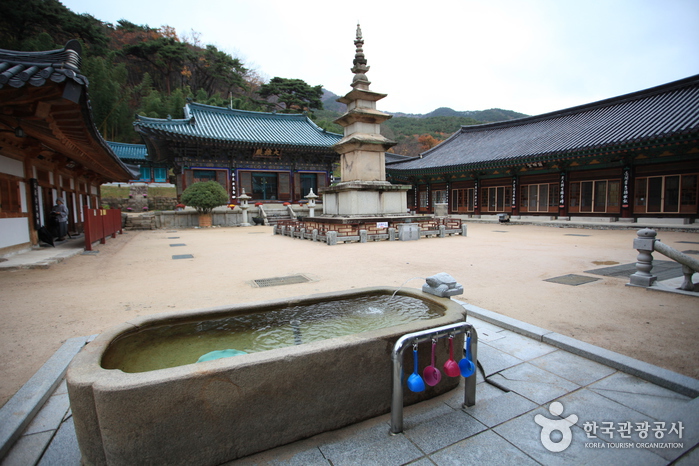
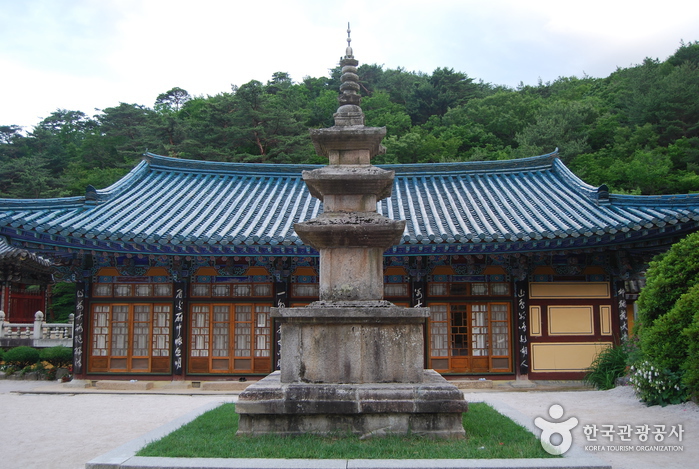
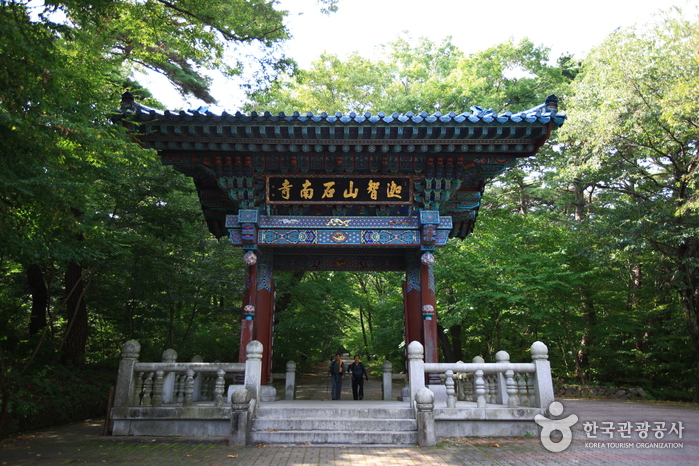
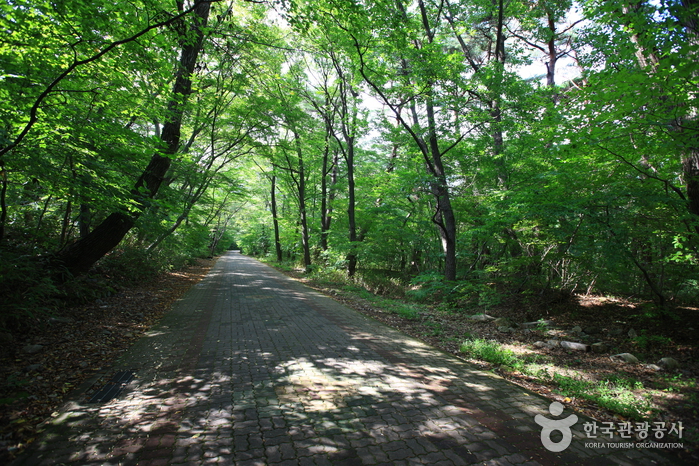
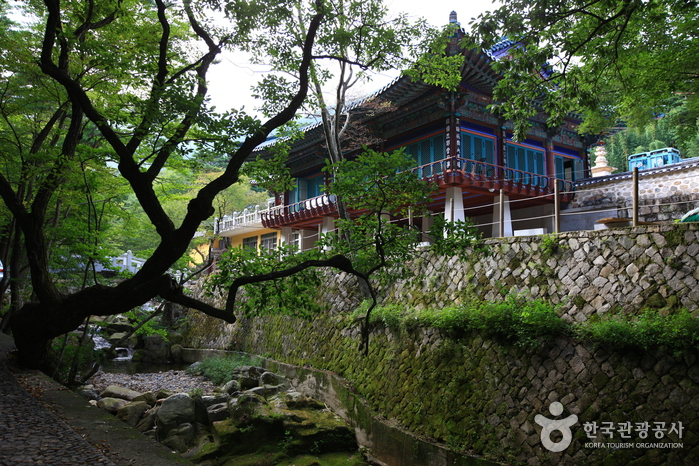
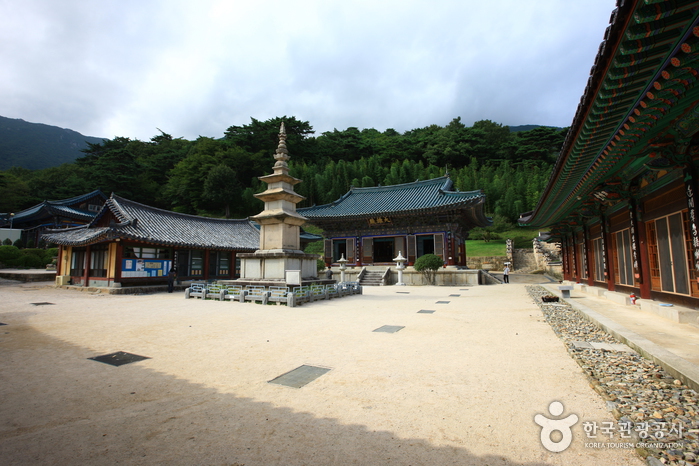
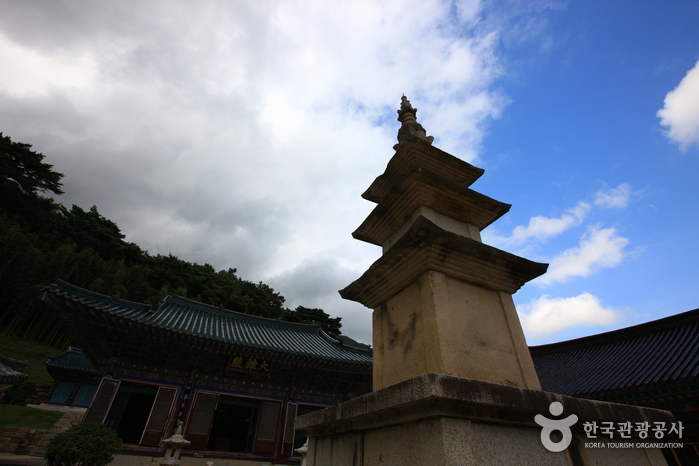
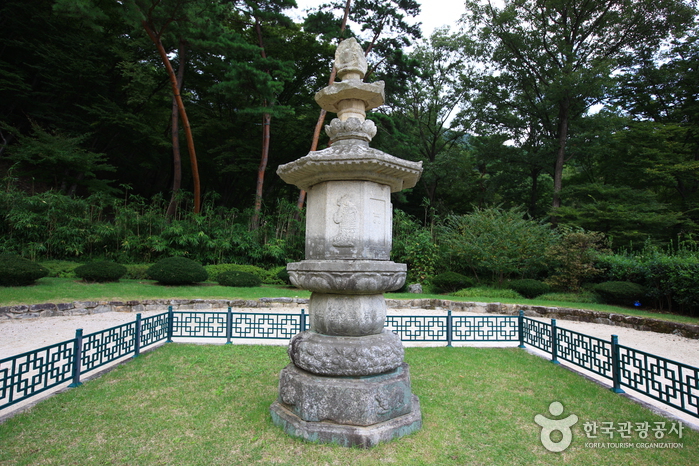
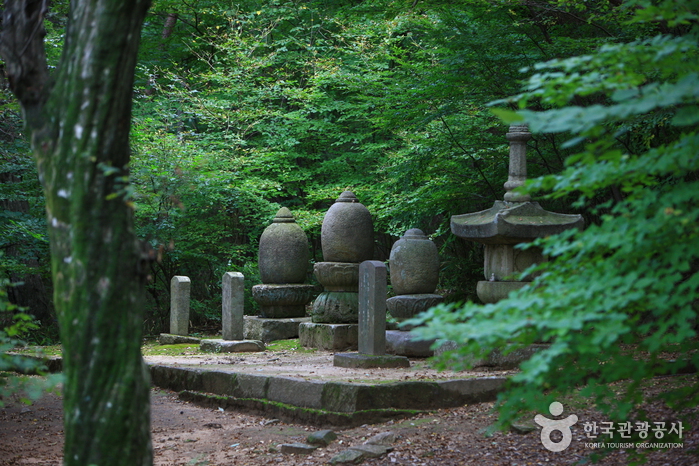
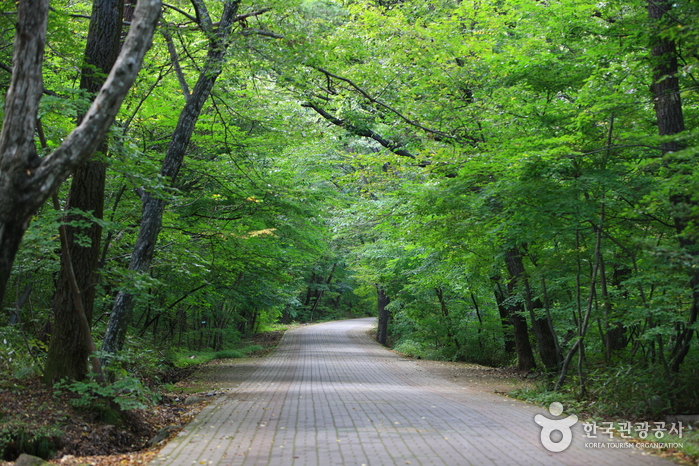
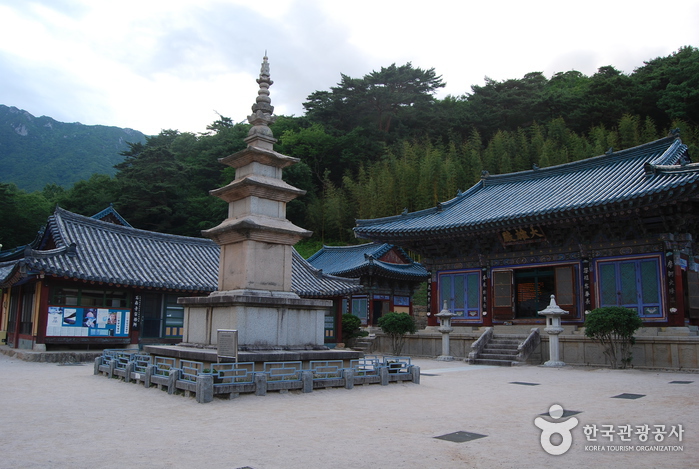
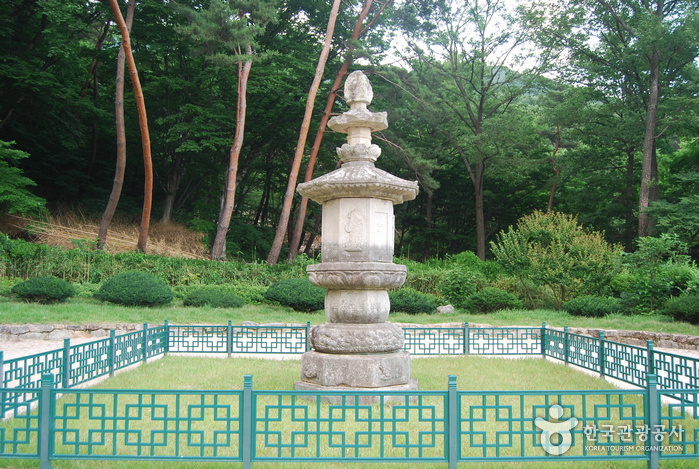
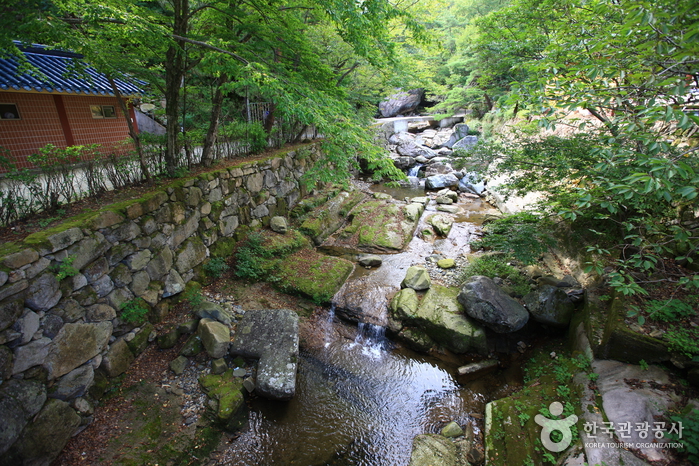
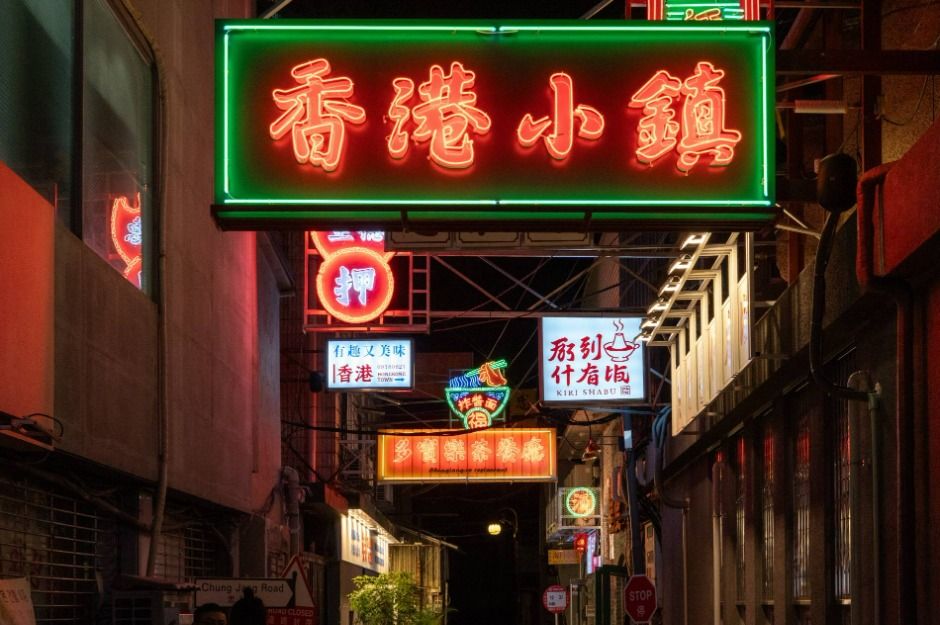

 English
English
 한국어
한국어 日本語
日本語 中文(简体)
中文(简体) Deutsch
Deutsch Français
Français Español
Español Русский
Русский